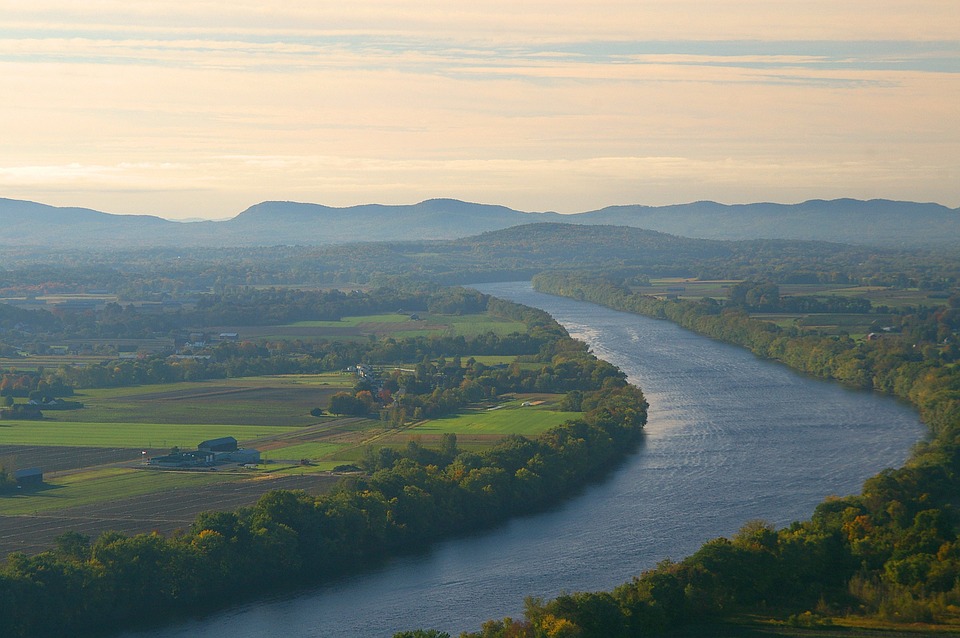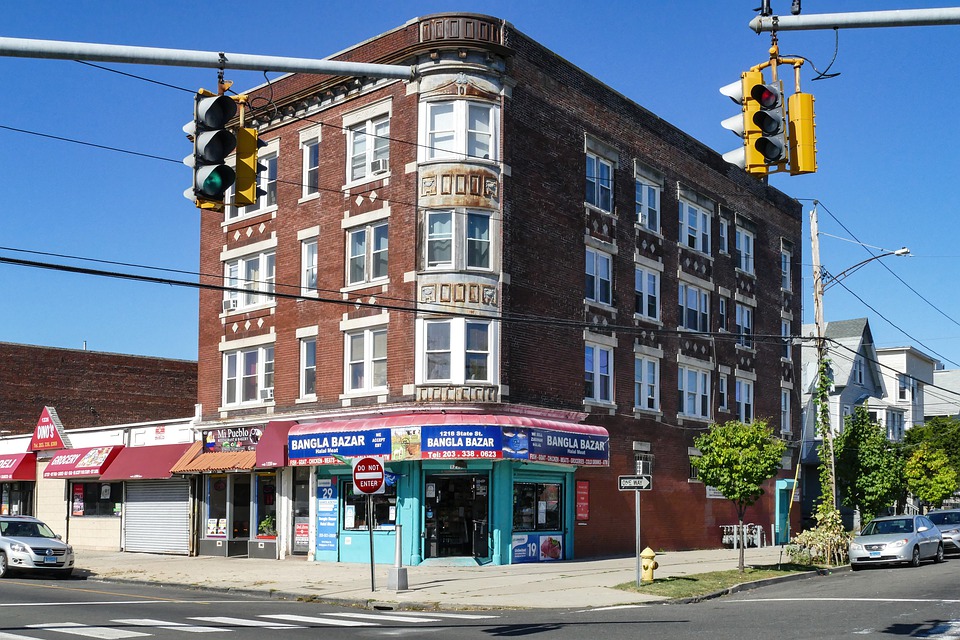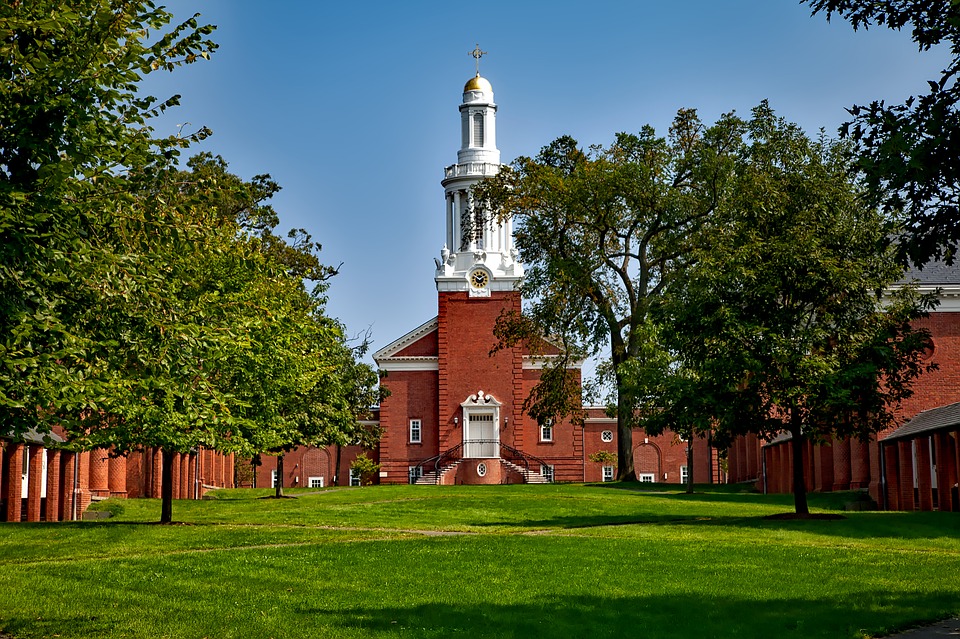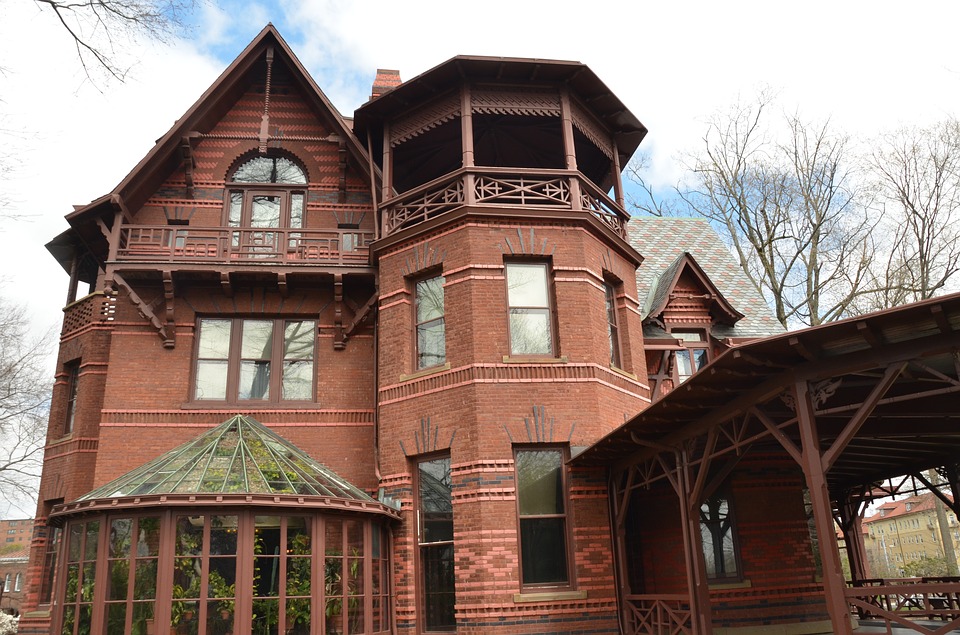Connecticut State (USA)
5th state, joined on January 9, 1788

Gloomy, foggy, mystical Connecticut. What should one expect from it? The land of Connecticut, discovered by the Dutch in the 17th century, is little known to tourists and even less to future migrants. Most are drawn to the grandeur of New York, the warm beaches of Florida, the vastness of Texas, or the technological allure of California.
But still, let’s figure out what one can see in Connecticut, what to do here, and how working here feels. And in general, is it worth coming here if you prefer a more European lifestyle?
Location
The state of Connecticut is located in the so-called New England region on the northeastern coast of the country. To the south, the state borders the Atlantic Ocean.
The state covers an area of 14,356 sq. km and ranks 48th among other U.S. states. It is one of the smallest regions in the U.S. in terms of area.
The state of Connecticut has several neighboring regions – New York, Massachusetts, and Rhode Island.
Capital of Connecticut: Hartford
Largest cities: Bridgeport, New Haven, Hartford, Stamford, Waterbury
Climate and Landscape
Anyone moving to Connecticut should understand that there are, on average, only 80 sunny days a year. That’s it!
The state has a humid continental climate, so it tends to be quite damp. In winter, there are heavy snowfalls, and in summer, thunderstorms are common.
Warning! Tornadoes do occur in Connecticut (at least once a year). Be cautious.
Temperature in Connecticut
- Summer (average temperature +19C – +25C)
- Winter (average temperature -5C – +5C, sometimes rising to +15C)
Landscape in Connecticut
The Connecticut River flows throughout the state, and in the south, the land meets the Atlantic Ocean. In the west, the Taconic Mountains rise, while Connecticut itself lies on the expanses of the Atlantic coastal plain.

Population
The population of the state is approximately 3,600,000 people, ranking 29th in terms of population in the U.S.
The population density in Connecticut is about 285 people per square kilometer, placing it 4th in the U.S. The state is small and densely populated.
There is a very diverse population here: many Germans, Irish, English, French, and Italians (each group represents about 9-20%).
Interestingly, Connecticut ranks 1st in the U.S. for the Human Development Index (HDI). This index reflects the quality of life of its citizens, primarily considering factors such as literacy, education, and life expectancy. So things are going pretty well in this small state!

The largest number of people live in and around Hartford. The metropolitan area has grown for many years and now accounts for about 1,215,000 people. Bridgeport ranks second with 920,000 in its metropolitan area.
It’s important to note that the cities in southwestern Connecticut (Bridgeport, New Haven, Stamford, and Waterbury) are considered part of New York — the largest U.S. metropolis known worldwide.
- Whites (approximately %)
- Latinos (approximately %)
- African Americans (approximately %)
- Asians (approximately %)
- Other races (approximately %)

Economy
Main economic sectors – military-industrial corporations, tourism, firearms manufacturing, jewelry industry, space shipbuilding equipment manufacturing, electronics, pharmaceuticals, finance, banking, and insurance, as well as tobacco farming, mollusk farming, and gemstone extraction, particularly garnet.
Minimum wage in the state – from $12 per hour.
Many locals complain that living in the state on such a minimum wage is nearly impossible, as everything is quite expensive. This is why people are increasingly considering moving to another state.
The average annual household income is about $76,000, assuming both adults are working. However, this figure is often achieved because many residents earn their salary in New York and spend it in Connecticut.

Connecticut for Business

Real Estate
Apartment rental prices in Connecticut
How much does it cost to buy a house in Connecticut
Ecology
The environmental quality in Connecticut is excellent! Clean air, plenty of forests,
Landmarks of Connecticut
- Yale University – one of the most famous universities in the world! You can stroll around the campus if you wish;
- A preserved 19th-century whaling ship awaits visitors in the port of Mystic;
- In New Haven, you can see the oldest building at Yale University;
- A famous cemetery where notable Americans are buried is located near the Yale University campus;
- The house of world-renowned author Mark Twain can be visited in Hartford;
- You should also know that there are interesting travel routes here – the Appalachian Trail, New England Scenic Trail, Washington and Rochambeau Revolutionary Route.

Why Move to Connecticut
- quiet and peaceful, not far from New York and Boston, many people organize their lives this way, working in a big city but relaxing in Connecticut;
- the weather has 4 seasons, similar to what we are used to in the CIS;
- on the southern part of the state near Long Island Sound, there are attractive beaches for swimming;
- besides swimming, you can also ski, ride a bike, or go hiking in the mountains;
- many people say that the landscape here perfectly combines urban and natural environments;
- beautiful nature, with an opportunity to take a break from the hustle and bustle;
- very cultured, friendly, and calm people, but locals are not very welcoming to strangers at first, you’ll need to get to know them better;
- there’s a certain conservative, historic charm to the architecture, allowing you to see how America looked centuries ago;
Possible Drawbacks and Inconveniences of Living in Connecticut
- not very sunny, mostly cloudy weather, with very snowy winters;
- there are issues with finding jobs within the state itself, most people look for work in New York City;
- despite the investment in the state’s development, many tourists have a poor overall impression – lots of homelessness in major cities, and a general sense of gloom and despair affects the atmosphere;
- high taxes on living;
- a car is a local necessity, as it’s hard to get anywhere without one. Therefore, buying transportation soon after arriving is recommended;

Interesting Facts About Connecticut
- it was here, on these lands, that the foundations of the U.S. Constitution were born;
- you’ll notice a striking number of cemeteries, and they have a very atmospheric vibe;
- the first hamburger in America was made in this state, and there’s a café where you can try it;
Table of Contents